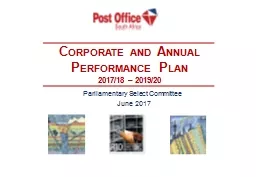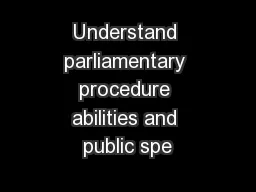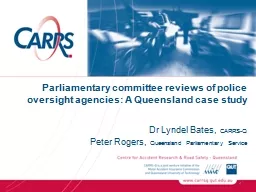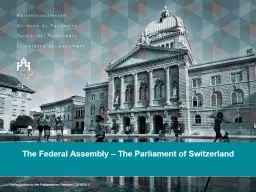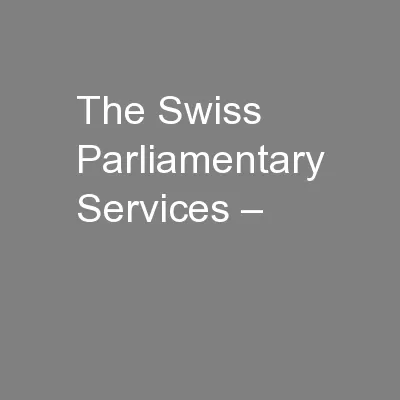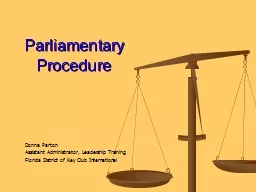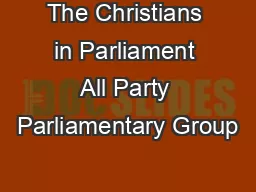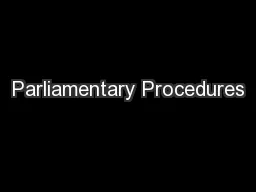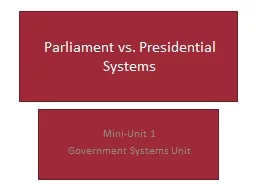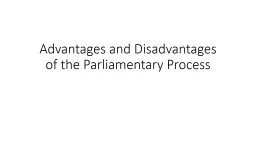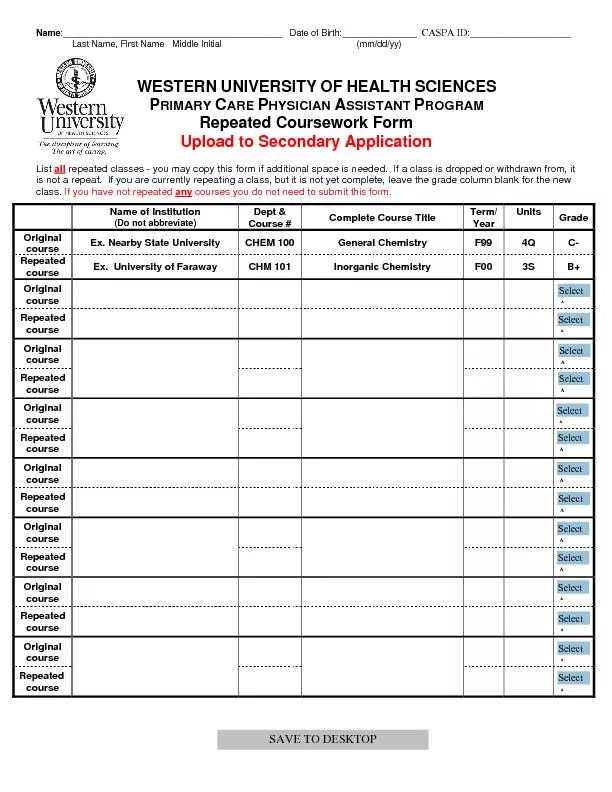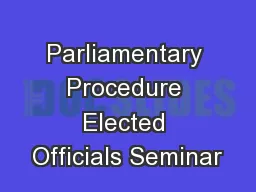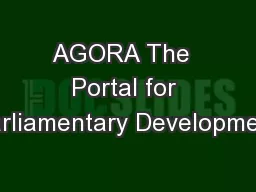PPT-Parliamentary Select Committee
Author : faustina-dinatale | Published Date : 2018-03-13
June 2017 Revenue was almost flat from the prior year with a R 96m variance in line with 08 GDP growth in the economy Monthly revenue shortfall of approx R100m
Presentation Embed Code
Download Presentation
Download Presentation The PPT/PDF document "Parliamentary Select Committee" is the property of its rightful owner. Permission is granted to download and print the materials on this website for personal, non-commercial use only, and to display it on your personal computer provided you do not modify the materials and that you retain all copyright notices contained in the materials. By downloading content from our website, you accept the terms of this agreement.
Parliamentary Select Committee: Transcript
Download Rules Of Document
"Parliamentary Select Committee"The content belongs to its owner. You may download and print it for personal use, without modification, and keep all copyright notices. By downloading, you agree to these terms.
Related Documents

